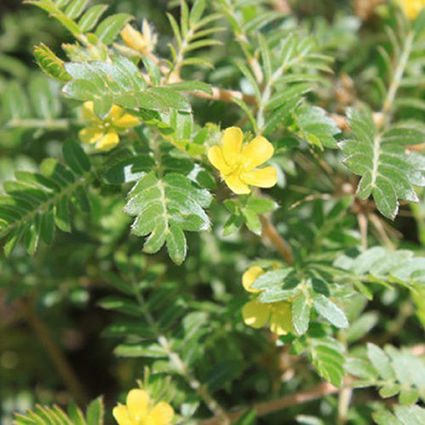Dig, pull, hoe, spray spring weed crop
May 21, 2020
COLUMBIA COUNTY–Now is the time to control this invasive weed. Puncturevine is a summer annual that grows low to the ground forming dense mats two to five feet in diameter. The stems radiate out from a central point at the taproot. Flowers are small, yellow, and have five petals. Seedpods form that are a cluster of five spiny burrs. The spiny burs can puncture bicycle tires, shoes, and can injure people and animals.
A typical puncturevine plant will produce 200 to 5,000 seeds during one growing season. These seeds and those that did not germinate from previous seasons can remain viable in the soil for many years. Puncturevine can be a problem in orchards, pastures, turf, and long roadsides and ditch banks. It can thrive in hot and dry conditions where other plants cannot.
Grazing livestock in areas infested with puncturevine is not recommended. The sharp spines of the seed burr can injure the mouth and digestive tract or feet of animals. Puncturevine can be particularly toxic to sheep.

Puncturevine can be controlled by hand-pulling (be sure to wear sturdy gloves), hoeing, digging-up, or shallow tilling (about 1 inch deep). Take care to remove any burrs that fall off the plant. Use a shovel to sever the taproot below ground, then bag and dispose of plants in the garbage. Mowing is not an effective method of control since the plant grows low to the ground.
Long-term control of puncturevine can be achieved by reducing the amount of seeds in the soil. This is best accomplished by removing plants before they produce seeds and continuing to do so over several years. Burrs that have dropped after removing the plant may be collected and removed by sweeping or raking the ground.
Selective herbicide can provide effective control of puncturevine, make sure to apply before seeds form. Herbicides applied after seeds are developed will not kill these seeds, they will still need to be removed. It is important to establish desirable plants to provide competition and reduce further invasion.
Information: Washington State Weed Board and University of California ARN Publication 74128.

